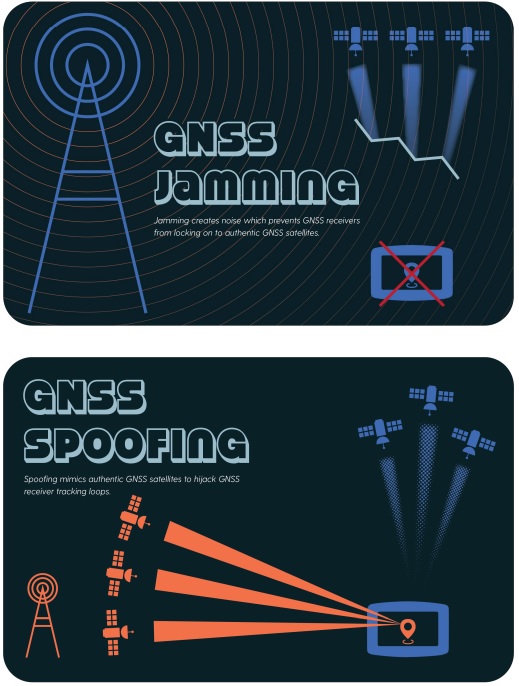More accurate than GPS: U.S. develops quantum navigation chips immune to electronic warfare
Scientists at Sandia National Laboratories are developing extremely accurate motion sensors based on quantum navigation principles. This new technology could revolutionize the way weapons systems orient themselves in space, particularly in degraded or blocked GPS signal environments.
Take apart a smartphone, fitness tracker or virtual reality headset, and inside you’ll find a tiny motion sensor that tracks your position and movement. Larger, more expensive versions of the same technology, about the size of a grapefruit and a thousand times more accurate, help navigate ships, planes and other vehicles with the aid of satellite navigation.
Sandia is trying to create a motion sensor so accurate that it could minimize dependence on global positioning satellites. Until recently, such a sensor, a thousand times more sensitive than current navigation devices, would have been as big as a truck. But advances in miniaturization are dramatically reducing the size and cost of this technology.
The team of scientists used silicon photonic microchip components (much smaller and more efficient than traditional systems) to perform a quantum sensing technique called atomic interferometry, an ultra-precise way of measuring acceleration. It is the latest milestone toward developing a kind of quantum compass for navigation when GPS signals are unavailable.
Military applications and beyond
The new technology offers acceleration and angular velocity measurement accuracy that far surpasses current navigation systems. This is because it takes advantage of quantum phenomena to make extremely sensitive measurements. In a war zone (as happens daily in Ukraine) electronic warfare units are able to jam or spoof satellite signals to disrupt troop movements and operations, or significantly degrade the accuracy of GPS or GLONASS-guided weapons.

But if the Sandia Labs science team succeeds in its goal, most of the large and expensive precision navigation systems in use today will be replaced by the new, more accurate, lower-cost, computer-chip-sized quantum inertial measurement units. Drones, munitions, aircraft, missiles, and many other weapons systems may no longer rely so heavily on the satellite navigation signal to accurately know their position on the ground.
In addition to navigation, the miniaturization and cost reduction of this technology make it attractive to the commercial sector. Companies in a variety of sectors could benefit from this new device, as it has a wide range of potential applications, such as the detection of subterranean cavities, the location of natural resources and the development of more advanced optical communication systems.

/https://aviacionlinecdn.eleco.com.ar/media/2024/08/Sandia-navegacion-cuantica.1.jpg)
Para comentar, debés estar registradoPor favor, iniciá sesión